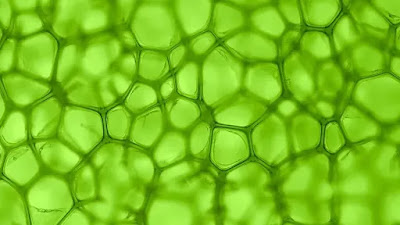Chlorophyll
A green photosynthesis pigment found in plants, algae and flagellae, consisting of a magnesium-containing prophyrin ring in the middle, with its side chains made of chlorophylls, located on the tlacoite membranes of chloroplasts, absorbing red and purple rays in the light spectrum and capturing light energy.
Chlorophyll is a green pigment found in plants, algae, and some bacteria that is essential for the process of photosynthesis. It allows plants to absorb light, primarily from the blue and red wavelengths, and convert that light energy into chemical energy. This chemical energy is used to produce food for the plant, typically in the form of glucose, from carbon dioxide and water.
Chlorophyll is what gives plants their green color because it reflects green light while absorbing other wavelengths of light. It plays a crucial role in the energy cycle of life, as it is the primary means by which plants generate the energy that sustains most of the Earth's ecosystems.
Key Points about Chlorophyll:
- Function: Converts light energy into chemical energy for photosynthesis.
- Color: Green, because it absorbs red and blue light and reflects green light.
- Location: Found in the chloroplasts of plant cells.
- Importance: Without chlorophyll, plants wouldn't be able to perform photosynthesis, making it essential for plant growth and oxygen production.











Hiç yorum yok:
Yorum Gönder
Yorumunuz İçin Teşekkürler